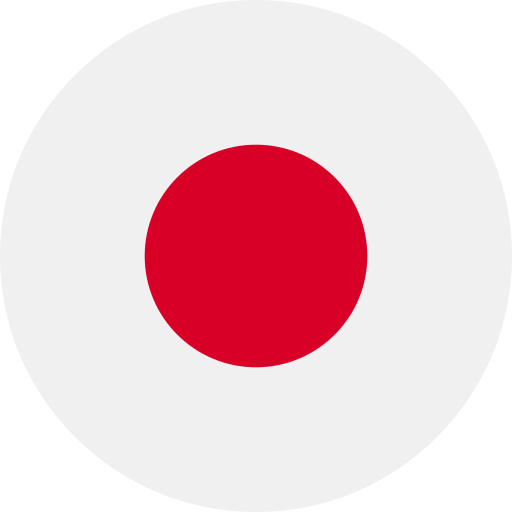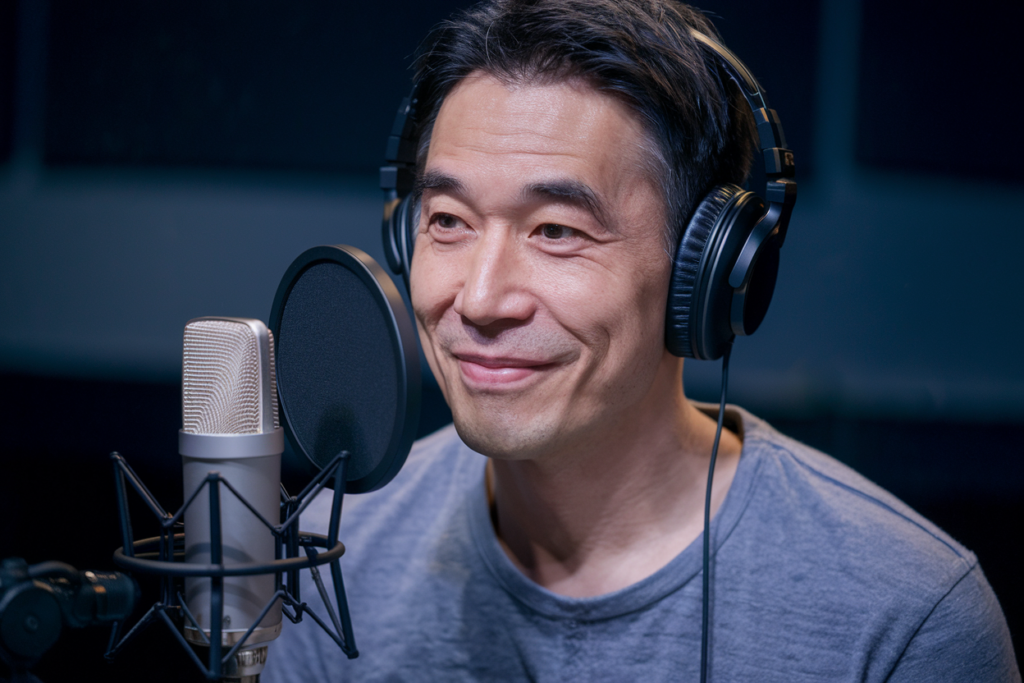Key Takeaways
- Distinct Language Families: Japanese, Chinese, and Korean belong to different language families, each with unique characteristics that reflect their cultural contexts.
- Writing Systems: Japanese uses a combination of Kanji, Hiragana, and Katakana; Chinese employs logographic Hanzi characters; while Korean features the phonetic Hangul system.
- Pronunciation and Tone: Japanese has a pitch accent system; Chinese is tonal with multiple dialects affecting meaning; Korean pronunciation includes unique sounds not found in English.
- Grammar Structure: Japanese and Korean typically follow a Subject-Object-Verb order, while Chinese uses Subject-Verb-Object. Each language incorporates specific grammatical elements reflecting social nuances and context.
- Cultural Influences: Historical events have shaped these languages significantly, creating linguistic overlaps that enhance communication across cultures. Modern influences continue to evolve these languages in response to globalization.
- Language Learning Insights: Each language presents distinct challenges—Japanese requires mastering three scripts; Chinese demands attention to tones; while Korean’s Hangul makes it relatively accessible for beginners.
Ever wondered how Japanese compares to Chinese and Korean? If you’re diving into East Asian languages, you’re in for a fascinating journey. Each language not only carries its unique sounds and scripts but also reflects rich cultural histories that shape their speakers.
Overview of Japanese, Chinese, and Korean Languages
Japanese, Chinese, and Korean represent three distinct language families within East Asia. Each language features unique characteristics that reflect its cultural context.
Japanese Language
Japanese uses three scripts: Hiragana, Katakana, and Kanji. Hiragana represents native words while Katakana is primarily for foreign terms. Kanji consists of characters borrowed from Chinese. The language’s syntax typically follows a Subject-Object-Verb structure. Pronunciation involves pitch accent rather than stress, which can change the meaning of words.
Chinese Language
Chinese is a tonal language with several dialects, including Mandarin and Cantonese. Mandarin serves as the official language in China and Taiwan. It employs simplified or traditional characters for writing but does not use an alphabetic system like English or Japanese. The meaning of words often depends on tone; thus pronunciation plays a crucial role in communication.
Korean Language
Korean utilizes Hangul as its writing system, known for its simplicity and phonetic accuracy. Unlike Japanese and Chinese, Korean grammar emphasizes subject-object-verb order but incorporates more complex honorifics to convey respect levels in conversation. While it has some shared vocabulary with Chinese due to historical influences, its linguistic roots differ significantly.
These languages each possess rich histories that shape their usage today. Understanding these differences enhances appreciation for their respective cultures and facilitates effective communication across borders.
Linguistic Features
Japanese, Chinese, and Korean each showcase unique linguistic features that reflect their distinct cultural backgrounds and communication styles.
Phonetics and Pronunciation
Japanese pronunciation remains relatively straightforward. It consists of five vowel sounds and a limited set of consonants, making it accessible for learners. The pitch accent system can change word meanings based on tone, which adds a layer of complexity. Chinese stands out with its tonal nature; Mandarin has four tones while Cantonese boasts up to six or nine tones depending on the dialect. These tones are crucial since they differentiate words that otherwise have the same phonetic structure. Korean pronunciation includes sounds not found in English, such as tense consonants, adding to its richness yet posing challenges for non-native speakers.
Grammar and Sentence Structure
Japanese employs a Subject-Object-Verb (SOV) order in sentences. This structure allows flexibility in conversation but requires context for clarity. Moreover, Japanese relies heavily on particles to indicate grammatical relationships between words, enhancing meaning without altering word order significantly. Chinese follows a Subject-Verb-Object (SVO) format similar to English but places emphasis on context due to its lack of inflectional morphology—meaning changes occur by using different characters rather than changing word forms. Korean also uses an SOV structure but incorporates complex honorifics that reflect social hierarchy within its grammar, enriching interactions through politeness levels.
Vocabulary and Loanwords
Japanese vocabulary includes many loanwords from English and other languages, often adapted into Katakana script for foreign terms like “コンピュータ” (konpyuuta), meaning computer. This openness demonstrates Japan’s global engagement while retaining unique expressions tied to local culture. Chinese has also absorbed numerous loanwords throughout history; however, these terms often maintain their original meanings associated with cultural significance or historical context. Korean similarly adopts foreign words but frequently modifies them phonetically when integrating them into everyday speech—for instance, “커피” (keopi) for coffee—showing adaptability while preserving authenticity.
Understanding these linguistic features provides insight into how these languages function uniquely within their respective cultures and enhances appreciation for effective communication across borders.
Writing Systems
Japanese, Chinese, and Korean each feature distinct writing systems that reflect their unique linguistic structures and cultural histories. Understanding these systems offers valuable insight into how each language functions.
Kanji, Hiragana, and Katakana
Japanese employs three scripts: Kanji, Hiragana, and Katakana. Kanji consists of thousands of characters borrowed from Chinese that represent ideas or concepts. Each character can have multiple readings depending on context. Hiragana serves as a phonetic script used primarily for native words and grammatical elements. It consists of 46 basic characters that represent syllables. Katakana, also with 46 characters, is mainly used for foreign loanwords and emphasis. This combination allows for nuanced expression within the Japanese language.
Chinese Characters and Hanja
Chinese utilizes a logographic system composed of thousands of individual characters known as Hanzi. Each character corresponds to a specific meaning rather than a sound, making the learning process distinctive compared to alphabetic systems. Different dialects like Mandarin and Cantonese may pronounce the same character differently but share its written form. In Korea, Hanja refers to Chinese characters used in conjunction with Hangul; however, their usage has declined significantly in modern times.
Alphabet Systems in Korean
Korean’s writing system stands out due to its use of Hangul, which comprises 14 basic consonants and 10 vowels combined into syllabic blocks. This phonetic approach makes it easier for learners to read and write compared to more complex logographic systems like those found in Chinese or Kanji-based Japanese texts. Hangul emphasizes clarity while capturing the sounds of spoken Korean effectively.
By exploring these diverse writing systems, you gain deeper appreciation for how language shapes communication across cultures in East Asia.
Cultural Influences on Language
Cultural influences shape the languages of Japan, China, and Korea significantly. Each language reflects its society’s values, beliefs, and historical experiences.
Historical Context
Historical events have profoundly impacted the development of Japanese, Chinese, and Korean languages. Japanese adopted many Chinese characters during the Tang Dynasty (618-907 AD), intertwining their scripts. This relationship highlights how cultural exchanges can enrich a language’s vocabulary and writing system. Similarly, Korea incorporated Hanja from China while developing Hangul in the 15th century to promote literacy among common people. These historical interactions created linguistic overlap that enhances understanding across cultures.
Modern Usage and Influence
Modern usage of these languages continues to reflect their cultural roots. Japanese incorporates numerous loanwords from English into everyday speech—often rendered in Katakana—demonstrating globalization’s impact on local dialects. Chinese maintains many traditional phrases while adapting to contemporary contexts through internet slang or new vocabulary for technology-related terms. Korean has also evolved with pop culture influences like K-pop and dramas, introducing fresh expressions that resonate with younger audiences. This dynamic evolution showcases not only the adaptability of each language but also its ability to preserve cultural identity amid global changes.
Practical Implications
Understanding the practical implications of Japanese, Chinese, and Korean languages enhances your ability to engage with native speakers effectively.
Language Learning Considerations
Learning Japanese, Chinese, or Korean presents distinct challenges and benefits.
- Japanese: Focuses on mastering three scripts—Hiragana, Katakana, and Kanji. Expect a steep learning curve due to its complex writing system but enjoy relatively straightforward pronunciation.
- Chinese: Emphasizes tonal differences that can change meanings completely. Mandarin has four tones; Cantonese includes up to nine. This aspect requires focused practice for clear communication.
- Korean: Features Hangul’s phonetic structure, making it accessible for beginners. Grasping honorifics is crucial as they reflect social hierarchies.
Each language’s unique characteristics demand tailored approaches in learning methods, so be prepared for diverse experiences based on your target language.
Cross-Cultural Communication
Effective cross-cultural communication hinges on understanding not just linguistic differences but also cultural nuances.
- Japanese culture values politeness and indirectness; understanding honorifics enhances respectful dialogues.
- Chinese interactions often rely on context cues due to its lack of inflectional morphology; being aware of these subtleties fosters clearer exchanges.
- Korean society, with its intricate social hierarchy reflected in speech levels, requires sensitivity in selecting appropriate forms of address.
Engaging with individuals from these cultures becomes more meaningful when you appreciate their language’s cultural roots and values. This insight promotes smoother interactions across borders and enriches relationships in personal or professional settings.
Conclusion
Exploring the differences and similarities among Japanese, Chinese, and Korean enriches your understanding of these fascinating languages. Each language offers unique sounds scripts and cultural contexts that shape communication.
As you navigate these linguistic landscapes remember that mastering any of these languages goes beyond vocabulary and grammar; it involves embracing cultural nuances too. Whether you’re drawn to the phonetic clarity of Hangul the tonal complexities of Mandarin or the intricate scripts of Japanese each language opens doors to deeper connections.
Recognizing their distinct features will not only enhance your learning experience but also cultivate appreciation for the rich histories they represent. Engaging with native speakers equipped with this knowledge can lead to more meaningful interactions across cultures.
Frequently Asked Questions
What are the main differences between Japanese, Chinese, and Korean languages?
Japanese, Chinese, and Korean belong to distinct language families. Japanese uses three scripts (Hiragana, Katakana, Kanji) and has a pitch accent system. Chinese is tonal with characters representing meanings and dialects like Mandarin and Cantonese. Korean employs Hangul for phonetic accuracy and complex honorifics while following an SOV structure.
How do the pronunciation systems differ among these languages?
Japanese has five vowel sounds with a pitch accent system. Chinese relies on tones to convey meaning—Mandarin has four tones while Cantonese can have up to nine. Korean features unique sounds including tense consonants that may challenge non-native speakers.
What writing systems are used in these languages?
Japanese uses three scripts: Kanji (characters), Hiragana (native words), and Katakana (loanwords). Chinese utilizes Hanzi characters in a logographic system. Korean mainly employs Hangul for phonetic spelling alongside Hanja (Chinese characters) which is less common today.
How does grammar vary across Japanese, Chinese, and Korean?
Japanese follows a Subject-Object-Verb order with particles indicating grammatical relationships. Chinese typically uses Subject-Verb-Object syntax similar to English but relies heavily on context due to its lack of inflectional morphology. Korean also follows SOV but incorporates complex honorifics reflecting social hierarchy.
Why is understanding cultural influences important when learning these languages?
Each language reflects its culture’s values, beliefs, and history through vocabulary and usage. Recognizing historical interactions—like Japan’s adoption of Chinese characters—enhances cross-cultural understanding and communication effectiveness among speakers from different backgrounds.
What challenges might learners face when studying these languages?
Learning Japanese involves mastering three writing systems; mastering tonal differences is crucial for success in Chinese; while Korean offers accessibility through Hangul, it requires understanding honorifics. Each presents unique challenges that must be addressed for effective communication.







